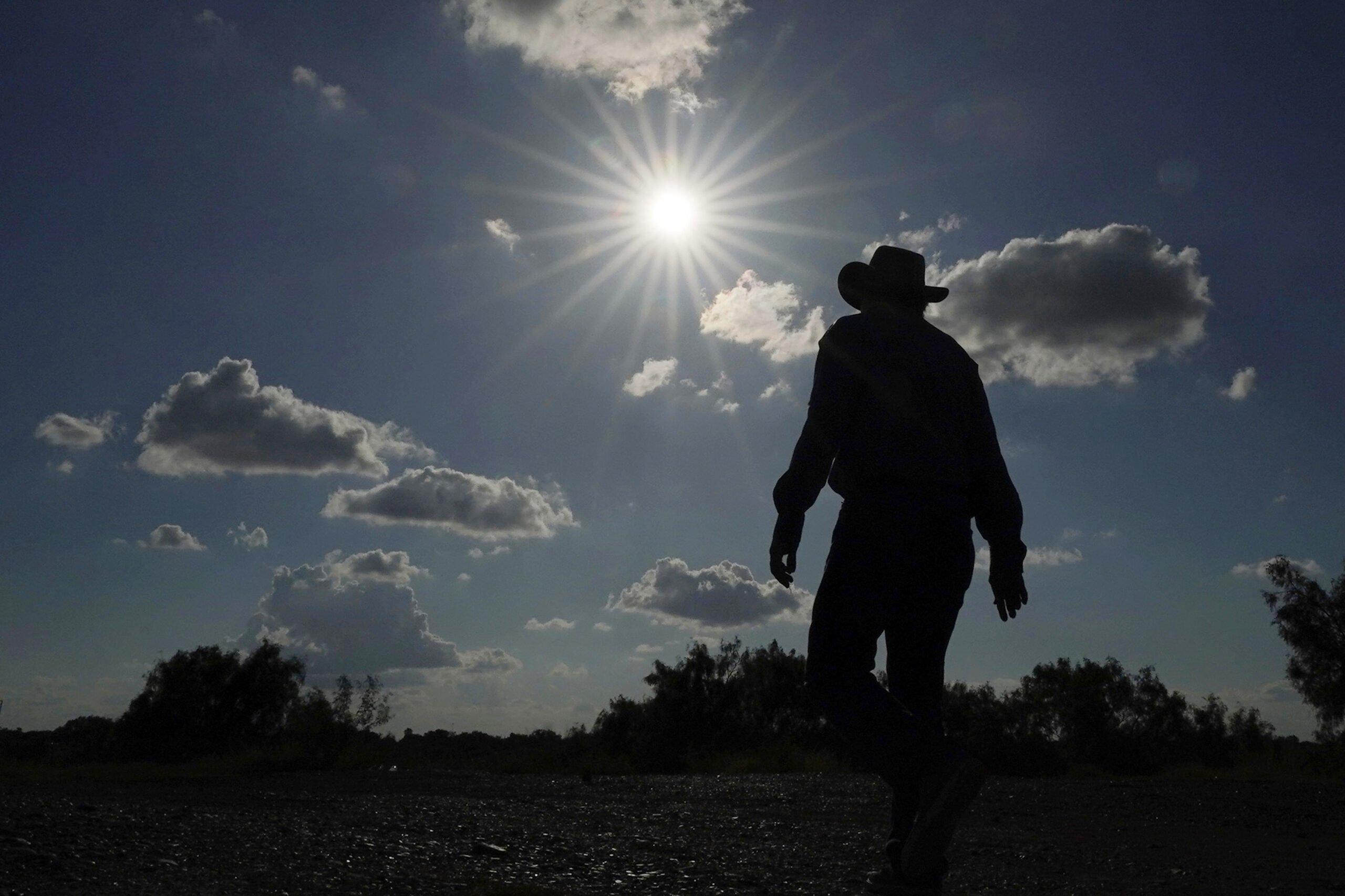
Last Month Was the Hottest February on Record in Texas
All-time records were set at 42 Texas weather stations last month and meteorologists say this winter is on track to be the warmest on record.

No, you weren’t imagining it. Last month was the warmest February on record in Texas and the winter so far is a “virtual tie” for the 1907 record, according to the state climatologist. The average temperature was 57.3 degrees Fahrenheit, almost eight degrees higher than the historical average going back to 1895.
The warmer weather, most evident by balmy midday temperatures, led to the early blooming of wildflowers. It also prompted Texas farmers to plant corn and wheat ahead of schedule and put fire departments in West Texas and the Panhandle on high alert for fire danger.
At least 42 weather stations in Texas broke all-time temperature records in February. Nine of those have records for more than 100 years, according to John Nielsen-Gammon, the state climatologist and a professor at Texas A&M’s department of atmospheric sciences. Temperatures in Houston didn’t drop to the 30s for the first time since 1950. The lowest temperature was 40 degrees Fahrenheit on February 16. At Camp Mabry and Austin-Bergstrom International Airport, average temperatures for February were 2.2 and 1.6 degrees warmer than average, respectively.

Across the eastern half of the United States too, temperatures have been so unseasonably warm that April flowers started to bloom in February. In fact, the iconic cherry blossoms in Washington, D.C. are projected to bloom a full two weeks ahead of average blossom time. Chicago, for the first time in 146 years, had a January and February without any snow cover. And the ice cover over the Great Lakes is nearing record lows, forcing ice rinks to close early.
“Mostly weather patterns weren’t predicted to produce exceptionally warm weather, but it happened to work out that way,” said Nielsen-Gammon, the state climatologist and a professor at Texas A&M’s department of atmospheric sciences.
Nielsen-Gammon said that the warmer temperatures were “mostly random,” but was likely influenced by La Niña, the weather pattern that creates hotter and drier conditions in Texas, and the overall global warming trend, a result of climate change.
La Niña is part of an alternating oceanic weather cycle that has extraordinary influence over weather patterns in North America. Typically, El Niño, which has the opposite effect of La Niña, brings cooler and wetter conditions to Texas. It was a welcome reprieve after the record drought in 2012. In mid-2016, meteorologists began to see the cycle shift back to a weak La Niña. That change likely led to higher temperatures in February.

Adding fuel to the fire is climate change. Although attribution studies will need to be conducted to prove climate change’s role in the unusually warm weather last month, Nielsen-Gammon said it increased the likelihood of temperatures records being broken.
Nielsen-Gammon said the higher temperatures in February provide no clues about the weather over the summer. Weather patterns that affect Texas winter temperatures are completely different from those that affect us during the summertime, he said, and people shouldn’t take a warm February to mean scorching temperatures over the summer.


